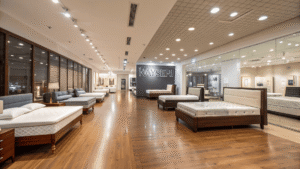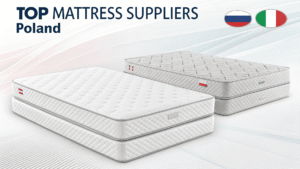Many retailers lose money dealing with the wrong factories—delays, defects, and unclear documents cost more than the product itself.
The best bed manufacturers in China for export are those with full in-house production, strong OEM/ODM experience1, and certifications like BS71772, UKFR, and CertiPUR-US.
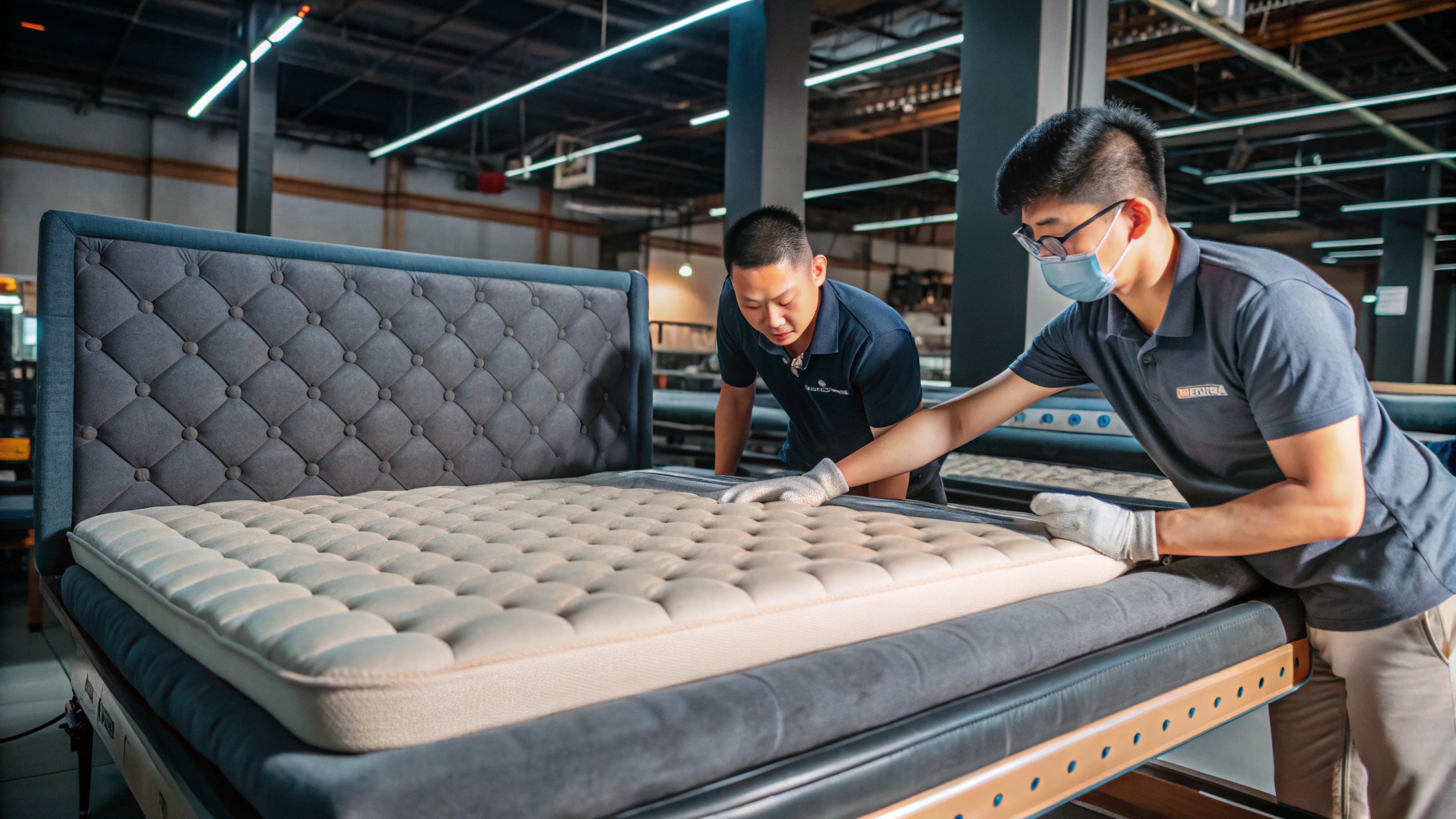
If you’re looking to build a profitable and scalable bed business, finding the right manufacturer is not optional—it’s the foundation. Let me break down what actually matters and how I’ve approached this as a factory with over a decade of experience.
How do I find the best manufacturer in China?
Finding the right factory isn’t just about price—it’s about control, reliability, and export readiness.
The best way to find a reliable manufacturer in China is to look for factories with in-house capabilities, export experience, and industry certifications.
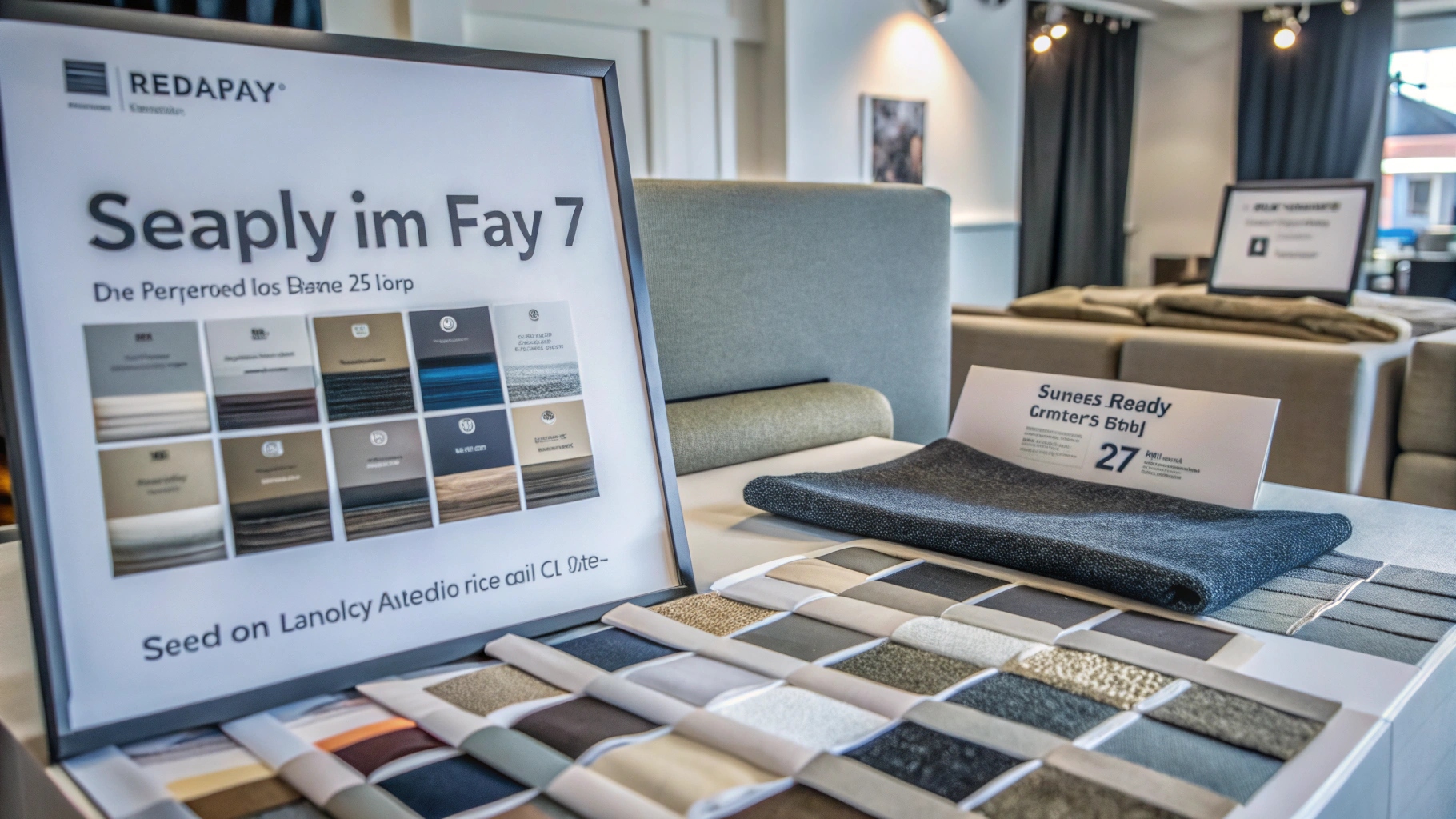
What makes a factory “the best” for export?
Not all factories are equal. The best ones for export have their own workshops for welding, upholstering, and packaging. They don’t outsource critical steps. Here’s what I look for when I evaluate suppliers—and what our clients value about working with us:
| Criteria | Why It Matters |
|---|---|
| In-house production | Better quality control, faster lead times |
| Certifications (UKFR, BS71772) | Required for entering markets like the UK and EU |
| OEM/ODM customization | Supports private label and retail-specific requirements |
| Export documentation | Avoids customs delays and non-compliance issues |
| Sample speed | A fast prototype shows operational capacity |
| Cluster location | Areas like Bazhou, Foshan, Jiaxing have full supply chains |
I always recommend buyers to request a sample, visit the factory (or ask for live video tours), and check certifications directly with testing reports. Real factories are not afraid to show their work—because they know the real work speaks for itself.
What company sells the most beds?
Big names move volume, but export factories move value. That’s where the real difference shows.
Tempur Sealy and IKEA are the largest bed sellers globally by volume. In China, top exporters include Jinlongheng and Rayson, known for serving major retailers with container-ready supply.
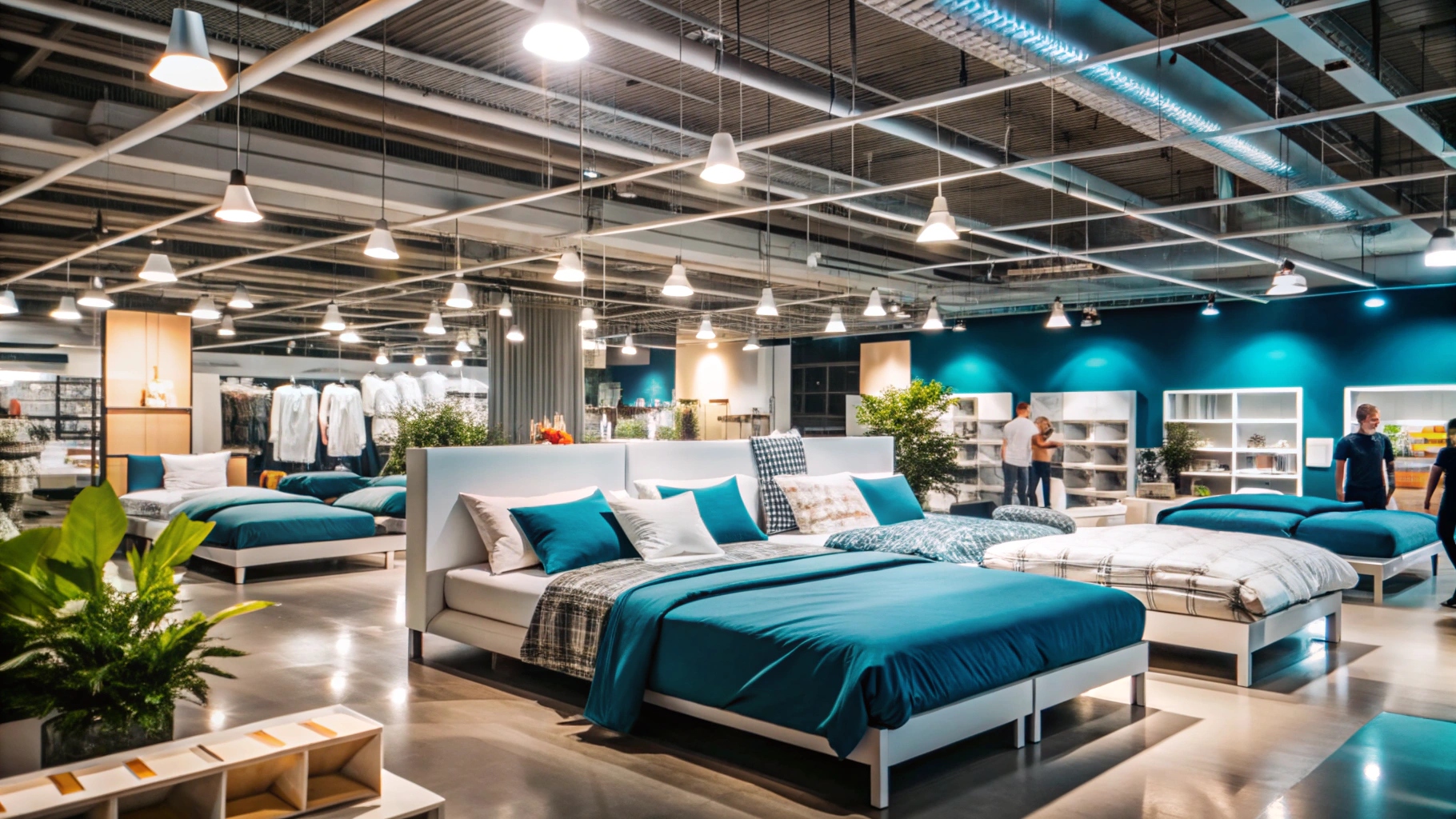
Global volume vs. export capability
IKEA sells millions of beds each year, but it doesn’t make them all. Instead, it works with partners in China and Eastern Europe. Here’s how I compare global brands vs. export-driven Chinese manufacturers:
| Brand/Factory | Model | Region | Export Strength |
|---|---|---|---|
| Tempur Sealy | Vertical integration | USA + Global | High |
| IKEA | Outsourced OEM | China, Poland | High |
| Rayson | OEM, B2B Exporter | Foshan | Strong |
| Jinlongheng | ODM, Hotel Channel | Guangdong | Strong |
| DIKAPABED | OEM + ODM | Bazhou, Hebei | Strong |
Factories like ours may not advertise in glossy global campaigns—but we ship thousands of beds per month to B2B wholesalers across Europe. Our focus isn’t branding, it’s reliability and repeatability. And in export, that matters more than anything.
What is the best site to find manufacturers in China?
Sourcing platforms help you browse, but the best factories rarely float to the top.
While Alibaba is the most well-known site to search for Chinese manufacturers, experienced importers often rely on factory visits, trade shows, and offline referrals to find long-term partners.

Should I trust online platforms?
Alibaba gives you access to thousands of listings—but many of them are trading companies, not real factories. Here’s how I break down sourcing routes:
| Channel | Pros | Cons |
|---|---|---|
| Alibaba / Made-in-China | Fast search, messaging tools | Mixed quality, many intermediaries |
| Canton Fair / CIFF | Direct face-to-face factory access | Travel cost and time |
| Sourcing agents | Handles QC, logistics, negotiation | Adds commission |
| Direct factory sites | Better control, custom quotes | Harder to find without brand awareness |
I always tell new clients: check the product catalog, ask for real photos and videos, and request a small batch or sample order first. Good factories won’t hesitate to show you what’s real.
What is the mattress market in China?
The real opportunity isn’t the domestic market—it’s the global one. And China is built for it.
China’s mattress industry is export-driven, with demand centered on foam, hybrid, and fire-resistant types for overseas markets.
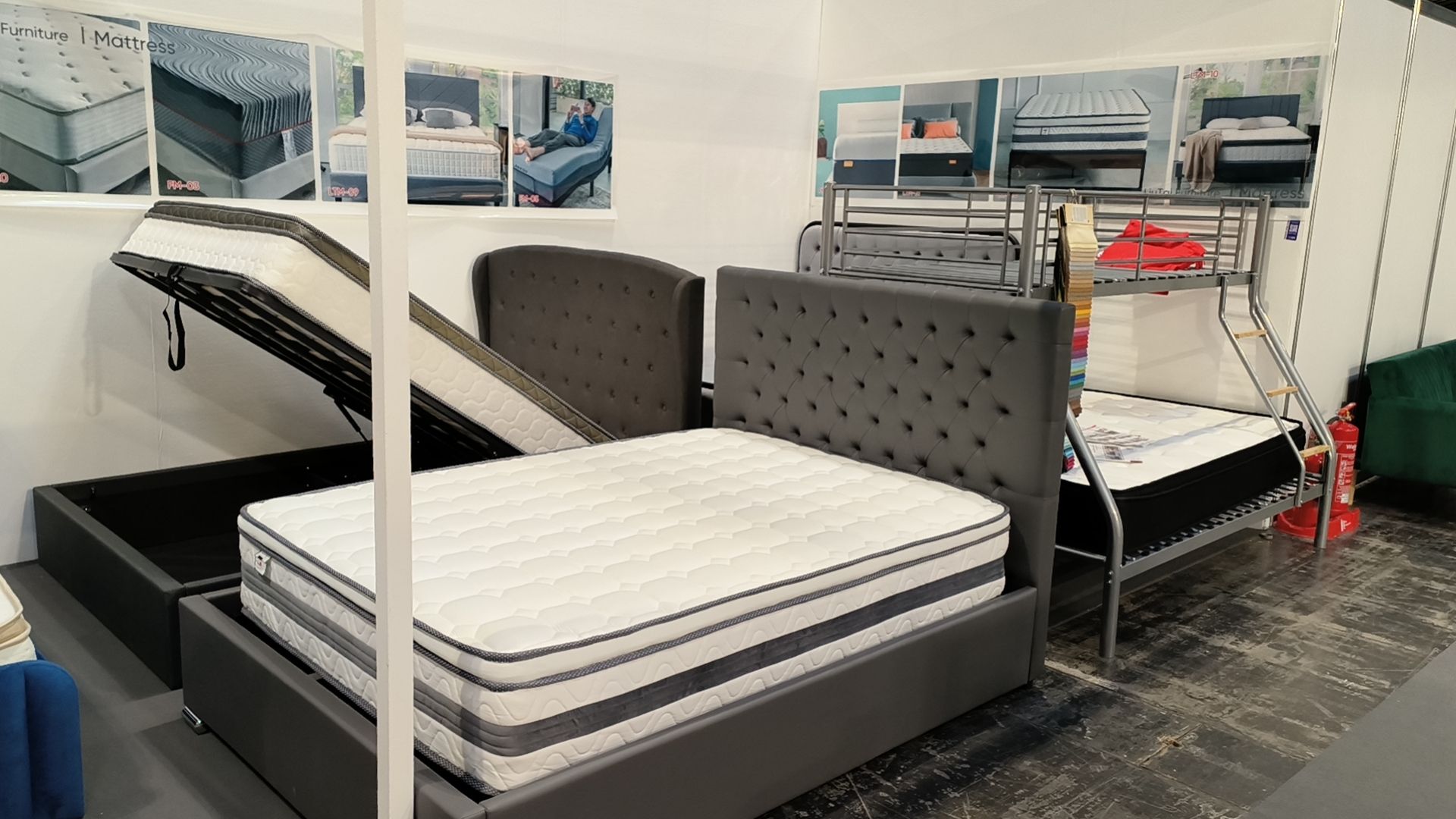
Export first, domestic second
The Chinese domestic market is growing, especially for online bed-in-a-box options. But for manufacturers like us, 80% of our output is for export. Here’s what that market looks like:
| Product Type | Export Value Drivers |
|---|---|
| Foam mattresses | Vacuum-packed, ideal for eCommerce and DTC brands |
| Spring/Hybrid | Popular for hospitality and structured support |
| Roll-packed latex | High density, eco appeal for EU market |
In 2023, China exported over 2.8 million innerspring mattresses. What buyers really want now is fast customization, certified compliance (like BS71772 for the UK), and cost-effective shipping.
We support full-container consolidation, fire-proof labeling, and sample runs for new buyers. The entire ecosystem—from foam pouring to carton printing—is built to scale exports.
Conclusion
Finding the right bed factory in China is about more than price. The best manufacturers offer speed, compliance, and container-level flexibility.

